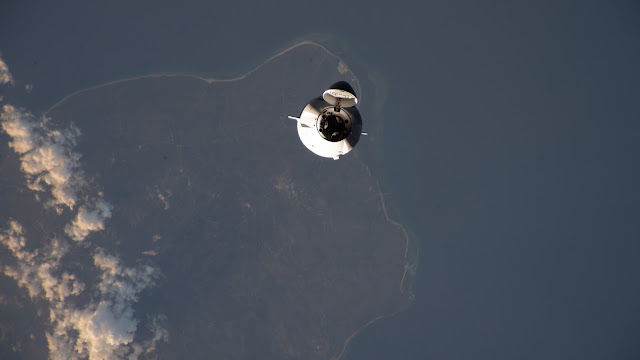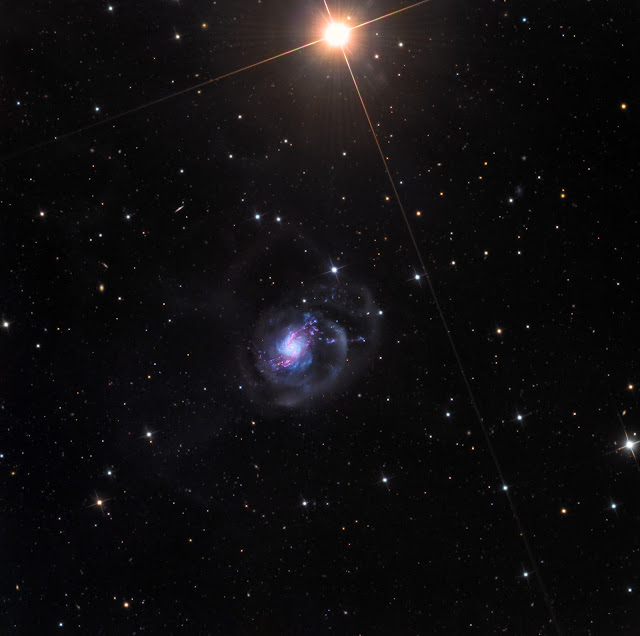NASA Astronaut Jasmin Moghbeli Talks to Students | International Space Station
[Event starts at 1 minute mark] Aboard the International Space Station, NASA Expedition 70 Flight Engineer Jasmin Moghbeli discussed living and working in space during an in-flight event Nov. 12, 2023, with students attending the Creative Learning Academy in Pensacola, Florida. Moghbeli is in the midst of a science mission living and working aboard the microgravity laboratory to advance scientific knowledge and demonstrate new technologies. Such research benefits people on Earth and lays the groundwork for future human exploration through the agency’s Artemis missions, that will send astronauts to the Moon to prepare for future expeditions to Mars.
Astronaut Jasmin Moghbeli Official NASA Biography:
https://www.nasa.gov/astronauts/biographies/jasmin-moghbeli
Follow Expedition 70 Updates:
Credit: National Aeronautics and Space Administration (NASA)
Duration: 20 minutes
Release Date: Nov. 15, 2023
#NASA #Space #ISS #Science #Earth #Students #Pensacola #Florida #Astronaut #JasminMoghbeli #Cosmonauts #HumanSpaceflight #UnitedStates #Russia #Japan #Expedition70 #InternationalCooperation #STEM #Education #HD #Video





.jpg)









APoD.jpg)








